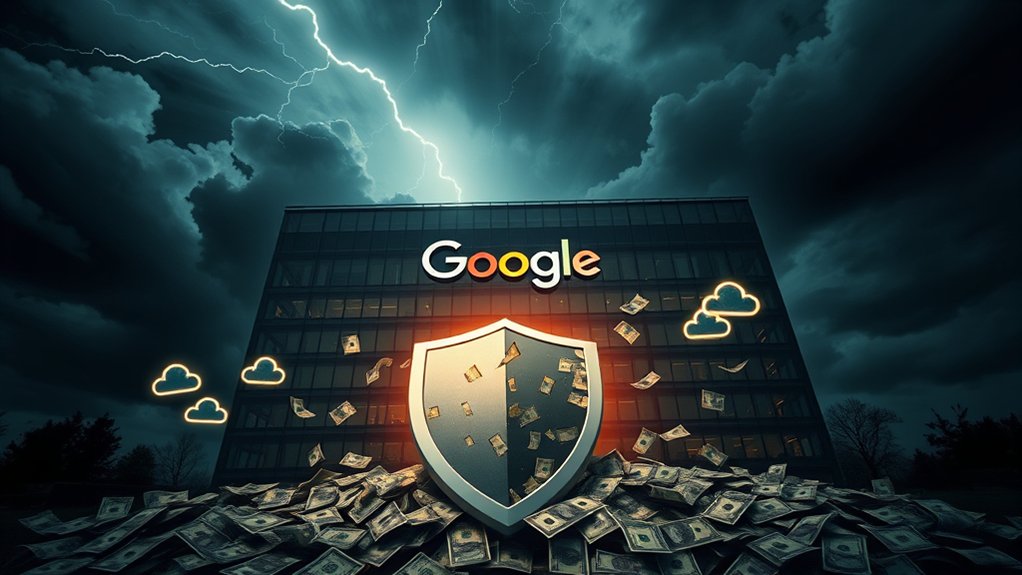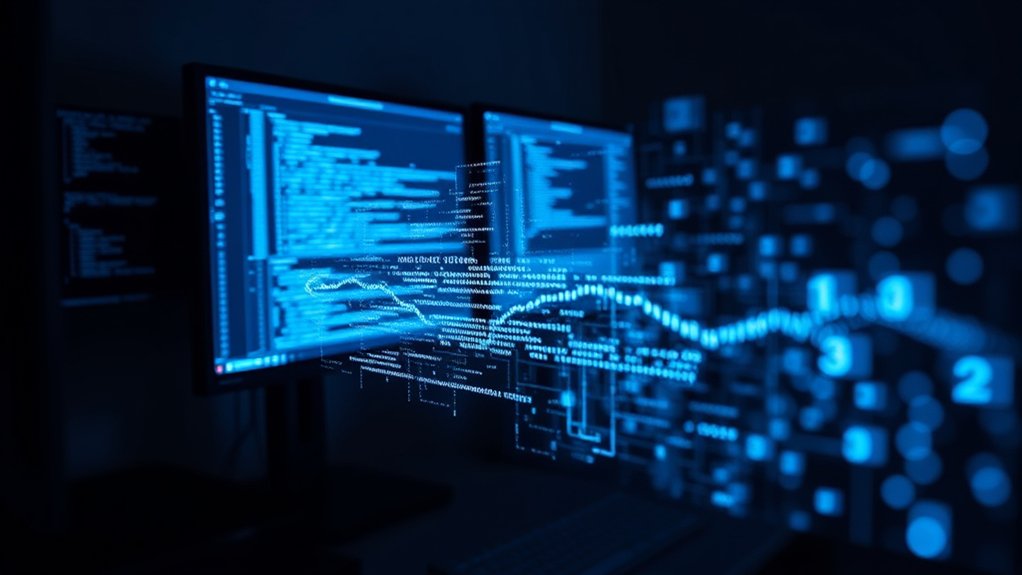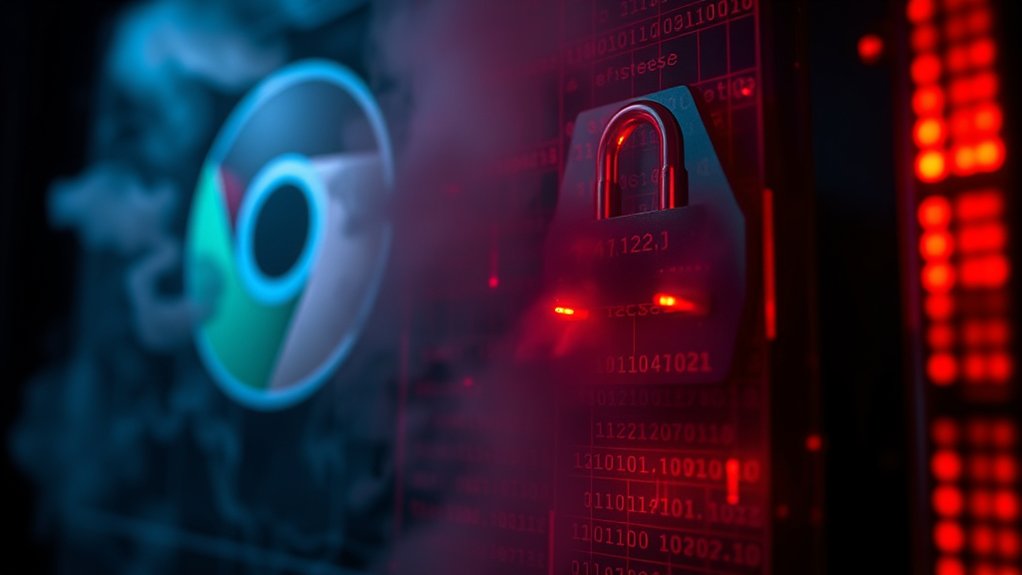As the global reliance on renewable energy sources intensifies, an alarming revelation has emerged regarding vulnerabilities in solar power systems, underscoring considerable cybersecurity risks. Recently, cybersecurity researchers identified 46 critical security flaws within solar power systems from prominent vendors, including Sungrow, Growatt, and SMA. These vulnerabilities range from information leakage to buffer overflows and defects in website code, exposing nearly 50% of global solar power systems to potential cyber exploitation. With approximately 45% considered at risk, the implications for grid security are profound.
The vulnerabilities identified in solar inverters—vital components that convert solar energy into usable power—raise concerns about large-scale power outages resulting from remote sabotage. The stabilization and availability of the electric grid are increasingly threatened as state and non-state actors sharpen their focus on industrial control systems. Recently, an extensive analysis revealed that Europe is home to 76% of internet-exposed solar power devices, which reflects a heightened risk for critical infrastructure as the global dependency on solar power escalates. Alongside this, the research highlights a concerning trend of over 10 new vulnerabilities emerging each year, which can further exacerbate existing risks.
Concerns grow over solar inverter vulnerabilities, exposing the electric grid to potential large-scale power outages from sabotage.
Manufacturing dynamics contribute to this predicament, as more than half of the solar inverter producers, like Sungrow and Growatt, are based in China. This concentration in a specific region raises global exposure to associated risks, with SMA Solar Technology in Germany also facing vulnerabilities. Zero-day exploits could potentially result in millions of dollars in damages if left unaddressed.
It has become crucial for manufacturers and the industry at large to address these cybersecurity weaknesses urgently. Vendor patches have been deployed, and a heightened commitment toward increased security measures is evident; nonetheless, the rapid emergence of new vulnerabilities illustrates that ongoing vigilance is crucial.
The environment of cyber threats is evolving, necessitating proactive measures to prevent potential hacks. Continuous monitoring and regular updates are critical for mitigating these dynamic security risks. As the world increasingly turns to the sun for energy, the promise of renewable resources now comes with grave responsibilities in safeguarding these systems against emerging threats.









